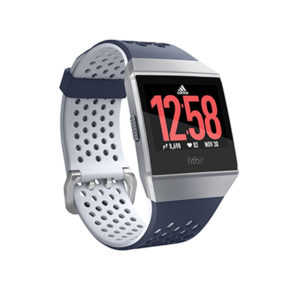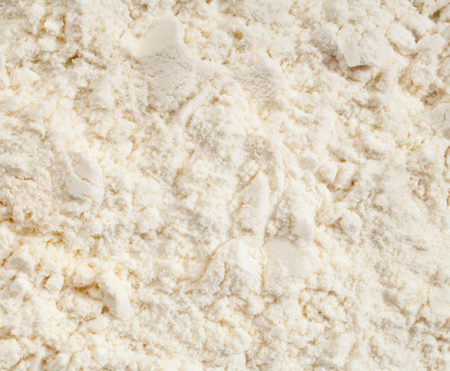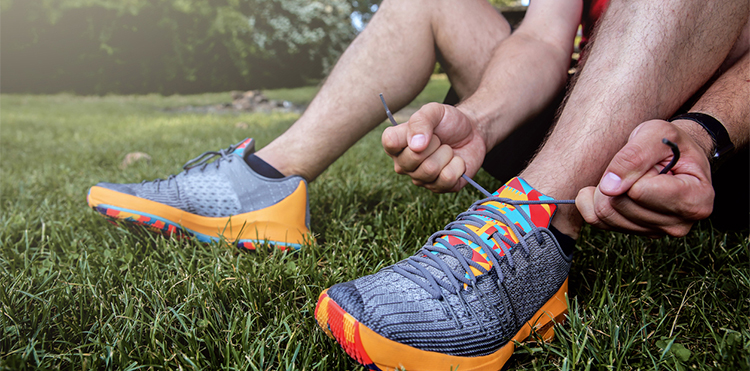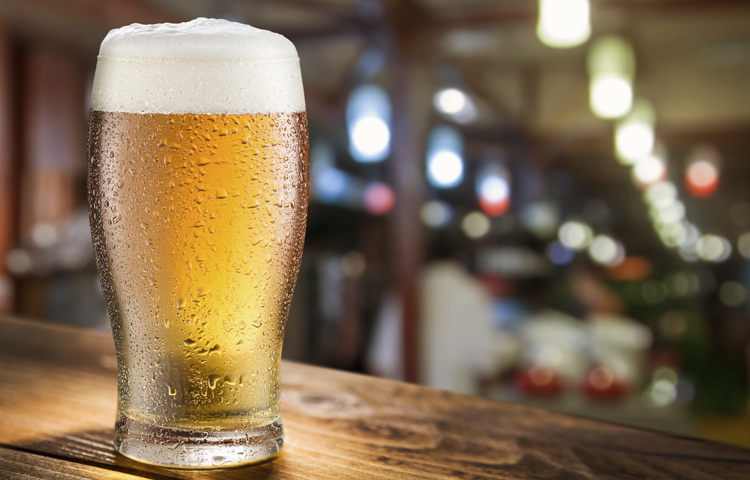
Most of us enjoy a tipple from time to time. Indeed, there can be few greater joys in life than the first sip of a post-race pint.
But can beer be enjoyed as part of a healthy diet? We spoke to beer sommelier Jane Peyton (school-of-booze.com) and top nutritionist Fiona Hunter to find out.
Can beer be enjoyed as part of a healthy diet?
Fiona Hunter: “Yes, absolutely. It’s obviously important to stay within the CMO alcohol guidelines but as long as beer is enjoyed in moderation as part of a healthy balanced diet there is absolutely no reason to worry about drinking beer, in fact, studies show that like red wine and other types of alcohol, beer has a cardio-protective effect which means that it can help reduce the risk of heart disease. Beer also provides a selection of B vitamins and phytochemicals.”
Are certain types of beer healthier than others?
“Darker beers tend to have higher levels of phytochemicals and B vitamins but at the end of the day you should drink what beer you like.”
The main ingredient, barley, is considered a superfood – why is that?
“Barley has a low GI which means it provides slow release carbs. These don’t cause a big spike in blood sugar after eating, so the body doesn’t need to respond by producing so much insulin.
“For runners (and other athletes) it is helpful because it provides a steady supply of energy.
“It is a useful source of fibre – and contains a mix of soluble fibre ( beta-glucan which is the same type you find in oats) which can help reduce high blood cholesterol levels, and insoluble fibre which helps to keep the digestive system healthy.
“It is also a good source of several important vitamins, minerals and B vitamin. It is especially rich in vitamin B1, magnesium and selenium.”
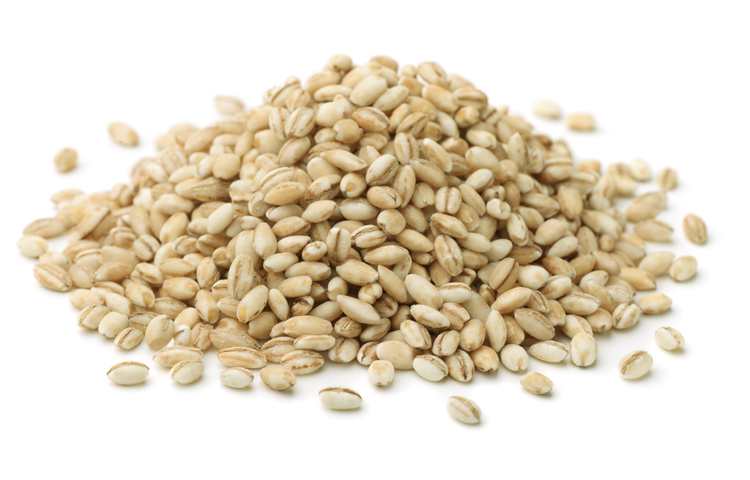
Raw barley
How is barley used to make beer?
Jane Peyton, beer sommelier:
“The definition of beer is: An alcoholic drink made from fermented barley.
“Starch in the barley converts to sugar during a process called malting. The barley is now known as ‘malt’. Those sugars are then fermented by yeast and converted to alcohol. Beer is very low in sugar and in terms of calories it is much lower than people perceive. A pint of 4% beer contains around 190 calories.
“During the malting process the barley is toasted, sometimes roasted, sometimes burned. The colour of beer comes from the colour of the malt and that colour depends on how much heat the barley was subject to during malting.
“Those malts also give flavour to beer – and these flavours depend on the intensity of the heat during malting. There is a big range of flavours from malt – for instance, bread, biscuits, honey, toast, caramel, nuts, toffee, coffee, chocolate, charcoal. These flavours are very good at complementing the flavours in food.
“The body of beer is derived from the malt.
“Without barley we would have no beer!”
Matching beer with food: Jane’s top tips
Beer is equally at home with pub grub or with fine dining – savoury or sweet. It is versatile and diverse and has several physical properties that make it such a good for match for food.
Water: Beer consists of up to 95% water which refreshes the mouth, ready for another mouthful of food.
Hops: Most bitterness in beer comes from hops. Bitter compounds stimulate the appetite and kickstart digestion by rousing digestive enzymes in saliva. Bitterness also balances the richness of food and the hops act like knives in cutting through flavour and texture.
Carbon Dioxide: Beer contains CO2 and this is an efficient palate scrubber. The brain registers most flavour through aromas emitted from food and drink and these stimulate olfactory cells in the nose via the mouth. CO2 helps to release those all-important aromas so we get the most out of our food and drink. CO2 which adds a note of invigorating acidity and lightens up the richness of food. Carbon dioxide, along with hops cut through the texture of food.
When choosing a beer to pair with food this is a useful mantra – Cut, Complement, or Contrast.
Cut: choose a beer that cuts through the flavour or body of the food. For instance fish & chips with a crisp refreshing beer such as pilsner lager or India pale ale to cut through the fat, and citrus flavoured hops to complement the fish.
Complement: choose a beer that will complement the flavours of the food. For instance, meat that has been caramelized during cooking matches well with classic British bitters that display malty caramel flavours.
Contrast: choose a beer that is a complete contrast to the food. For example a full flavoured chocolatey porter or stout with a salty Stilton cheese.
Try this: Budweiser barley summer vegetable risotto
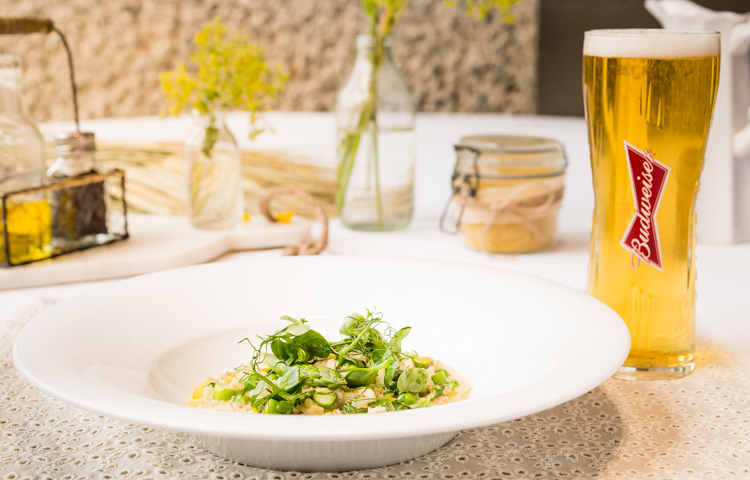
A delicately-flavoured vegetarian risotto from Jimmy Doherty (jimmysfarm.com) that perfectly enhances the flavours and natural ingredient of barley, found in Budweiser. This is a great dish for summer.
Prep notes: For best results, ensure you have everything chopped, prepped, and ready to go prior to beginning to cook. The process is similar to that of creating a normal risotto, but with a slightly longer, 50-minute, cooking time.
Ingredients:
200g fresh peas in pods (podded weight)
1 tbsp olive oil
4 spring onions, finely chopped
1 leek, finely chopped
1 clove garlic, finely chopped
350g pearl barley
200ml Budweiser
100g fresh broad beans, podded
1 litre pea stock (made from the pea pods and asparagus stalks)
80g Parmesan, finely grated
2 tbsp mascarpone
250g asparagus, cut into 3cm pieces, woody stems removed & kept for the stock
1 small bunch of fresh mint, roughly chopped
Parmesan shavings to serve
Pea shoots to serve
Extra virgin olive oil to drizzle
For the pea stock
1. Pod the peas and set aside
2. Place the pods in a large saucepan with the asparagus stalks and cover with cold water.
Bring to the boil and leave to infuse for 15 minutes
For the risotto
1. Heat the oil in a large shallow saucepan. Add the spring onions and leek, cook for 3-4 minutes until beginning to soften. Stir in the garlic and cook for a further 1 minute
2. Add the barley, stir well to coat in the onions. Pour in the Budweiser, cook for a further 1-2 minutes until the liquid as all but evaporated
3. Add the pea stock and cook for 40–50 minutes, stirring occasionally, add a little more stock if the risotto starts to dry
4. Cook the peas and broad beans in a small pan of boiling water for 2-3 minutes. Drain and refresh with icy cold water to stop the cooking. When cold remove the tough outer layer of the broad beans to reveal the fresh tender green bean
5. Add the asparagus to the risotto and cook for 2 minutes then add the peas and broad beans
6. Remove from the heat and stir through the mascarpone, mint and Parmesan. Season with salt and pepper. Spoon into bowls and garnish with Parmesan shavings, pea shoots and a drizzle of extra virgin olive oil
Serve with a cold Budweiser!




